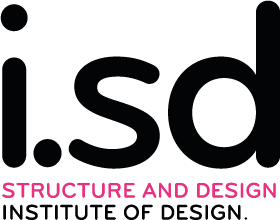E3 Bachelor Design Studio – Volumetric Typologies for Encounters between Science and the Public
In the coming year, we will design a “House of Science” that focuses on the transdisciplinary exchange between society and research and gives it a place in the center of Innsbruck. Innsbruck is a university town with a long history, but in comparison to other cities it does not have a public central location for science communication. The numerous transdisciplinary activities of the individual researchers and the diverse collections of the institutes are fragmented across many locations, without the possibility of creating “gravity” and an urban presence.
There is no “classic” typology for a house of science, so we will look at spaces of science and learn from their characteristics and their relationship to public space (from the laboratory, the conference room, the studio, the depot, the study hall, the anatomy theater, the lecture hall, the archive, the ivory tower,…). To this end, we will develop new typologies and spatial concepts and investigate the various facets and potentials of “volumetric” design: spatial complexity and entanglement, ambiguity of spaces, spatial plan and spatial sequence, multisensory and “deep” surfaces, hybrid functionalities, multi-materiality, high-resolution and gradual structures, performative or adaptive constructions,… you name it. At the beginning of the semester, students will articulate personal focuses and interests within “volumetric design” and implement these in a complex building design.
Volumetric design not only means that building designs are spatially complex and permeated. Above all, it also describes a design method that is being researched by i.sd and makes full use of the volumetric possibilities of digital tools. From scans of the environment, the integration of three-dimensional climate data to volumetric sketching with 3D point clouds, we will look at different possibilities in joint workshops and apply them in design studies. Volumetric thinking will allow us to look at our designs in a completely new way: as with X-ray vision, we can develop the interior and its structure simultaneously with the external formation. Decisions in the smallest detail can have repercussions on the whole and vice versa.

